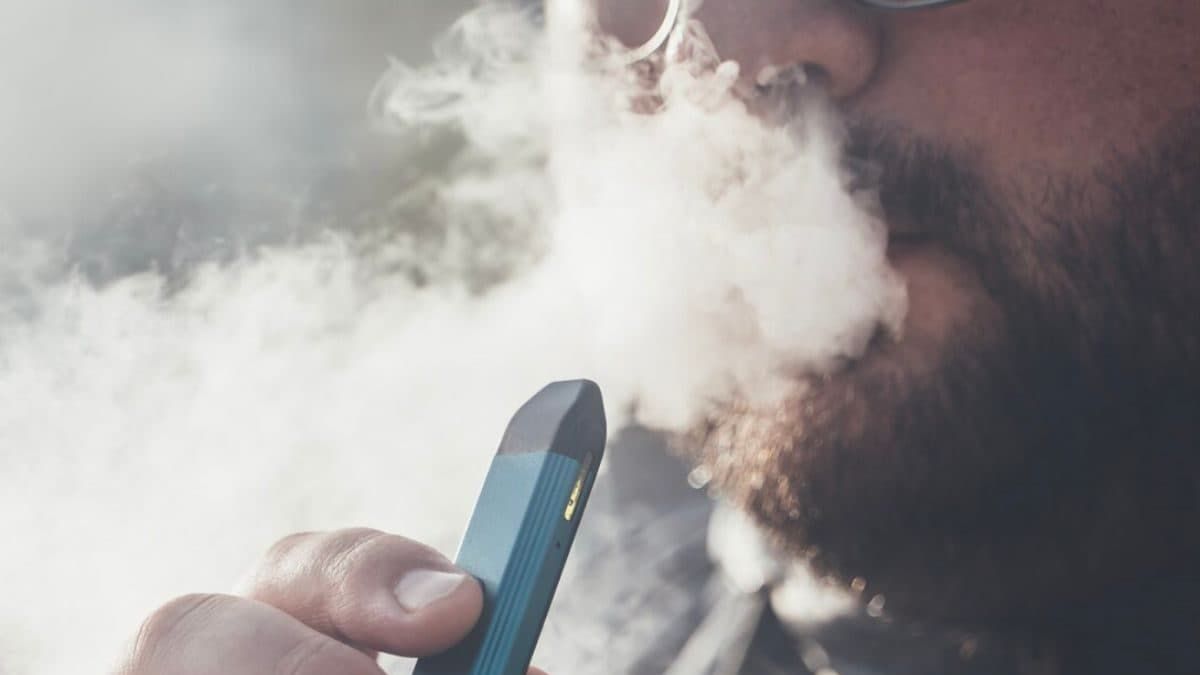Vape pens work by heating a liquid solution that contains various chemicals, often including nicotine, flavorings, and other additives.
Dr. Sacheev Nanda, Chief Dental Surgeon and Prosthodontist (MDS), Ruby Hall Clinic, Pune, explains the consequences of using vaporizers on oral health.
In recent years, the use of vaporizers has skyrocketed, promoted as a safer alternative to traditional smoking. However, amid the appeal of fruity flavors and sleek designs lies a worrying truth: Vaporizers may be wreaking havoc on your dental health. While the immediate effects on the lungs and cardiovascular system have attracted attention, the long-term consequences on dental health remain less understood but equally significant.
Understand the components:
Vape pens work by heating a liquid solution that contains various chemicals, often including nicotine, flavorings, and other additives. When inhaled, this vapor coats the oral cavity, introducing a cocktail of potentially harmful substances to the teeth and gums.
- Impact on the oral microbiome:The oral microbiome, a delicate balance of bacteria in the mouth, plays a crucial role in maintaining oral health. However, chemicals present in vaporizer vapor can upset this balance and cause an overgrowth of harmful bacteria. This imbalance increases the risk of cavities, gum disease, and other oral infections.
- Nicotine and gum health:Nicotine, a highly addictive component of vaping liquids, constricts blood vessels, preventing blood flow to the gums. This decreased blood supply compromises the gums' ability to fight infection and repair damage, ultimately increasing the likelihood of gum recession, periodontal disease, and tooth loss.
- Erosion and cavities:The acidic nature of vape vapor, exacerbated by flavoring agents such as citric acid, can erode tooth enamel over time. Enamel erosion weakens the protective outer layer of your teeth, making them more susceptible to cavities, sensitivity, and discoloration. Additionally, daytime vaping exposes teeth to a constant onslaught of acid, further exacerbating the risk of dental erosion.
- Dry mouth:Vaping can also contribute to dry mouth, a condition characterized by reduced saliva production. Saliva plays a vital role in neutralizing acids, remineralizing teeth, and removing food particles and bacteria. Without adequate saliva flow, the risk of cavities and gum disease increases significantly.
Precautionary measures
Despite the potential risks, there are steps people can take to mitigate the impact of vaping on dental health. These include:
- Maintain good oral hygieneBrushing your teeth twice a day with fluoride toothpaste and flossing daily helps remove plaque and bacteria, reducing the risk of cavities and gum disease.
- Regular dental checkupsRoutine dental visits allow for early detection and treatment of any oral health problems before they become serious.
- Keep hydratedDrinking plenty of water can help combat dry mouth associated with vaping, promoting saliva production and protecting against cavities.
- Limit vaping and nicotine useReducing vaping and nicotine consumption can reduce the extent of damage to oral tissues and improve overall oral health. While vaporizers may offer a perceived safer alternative to smoking, the long-term consequences on dental health cannot be ignored. From altering the oral microbiome to promoting cavities and gum disease, vaping poses significant oral health risks. By understanding these risks and taking preventive measures, people can work to protect their smiles and preserve their dental well-being in the face of the growing popularity of vaping.












